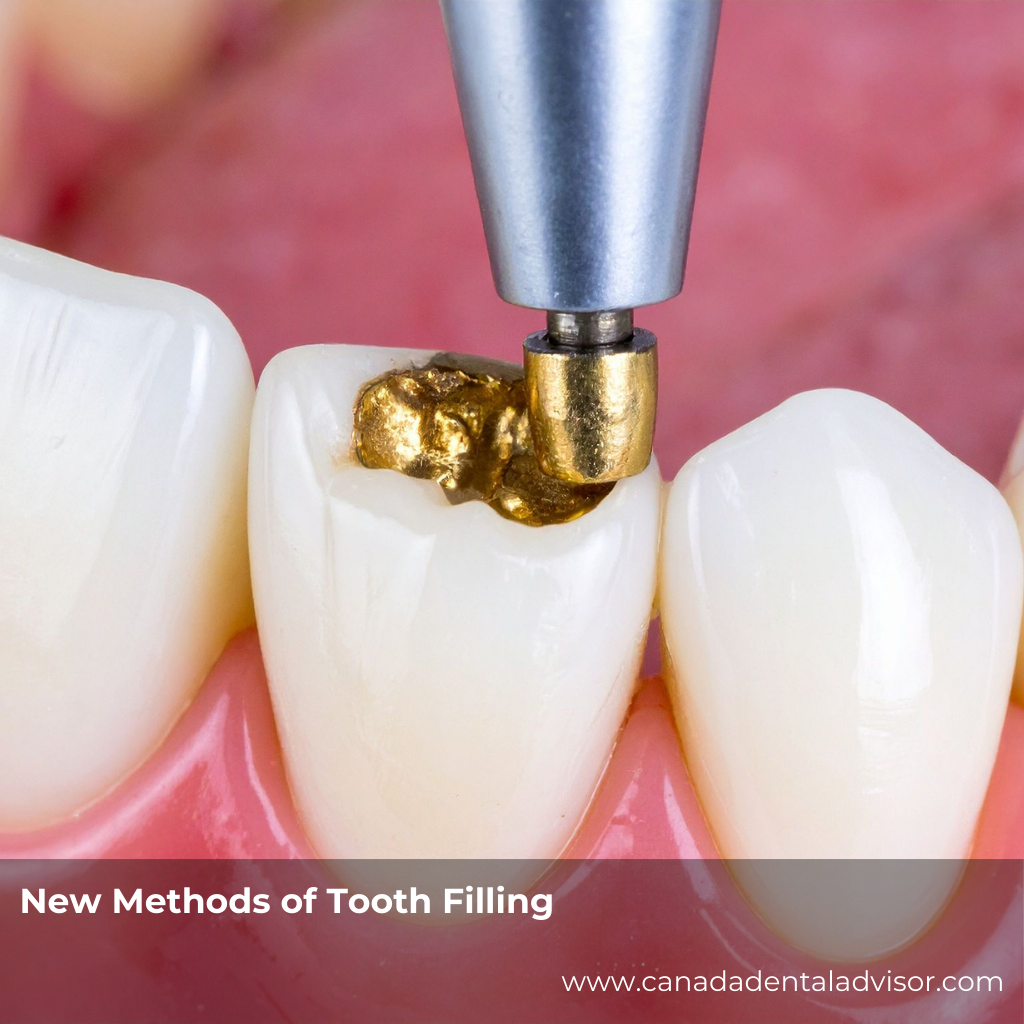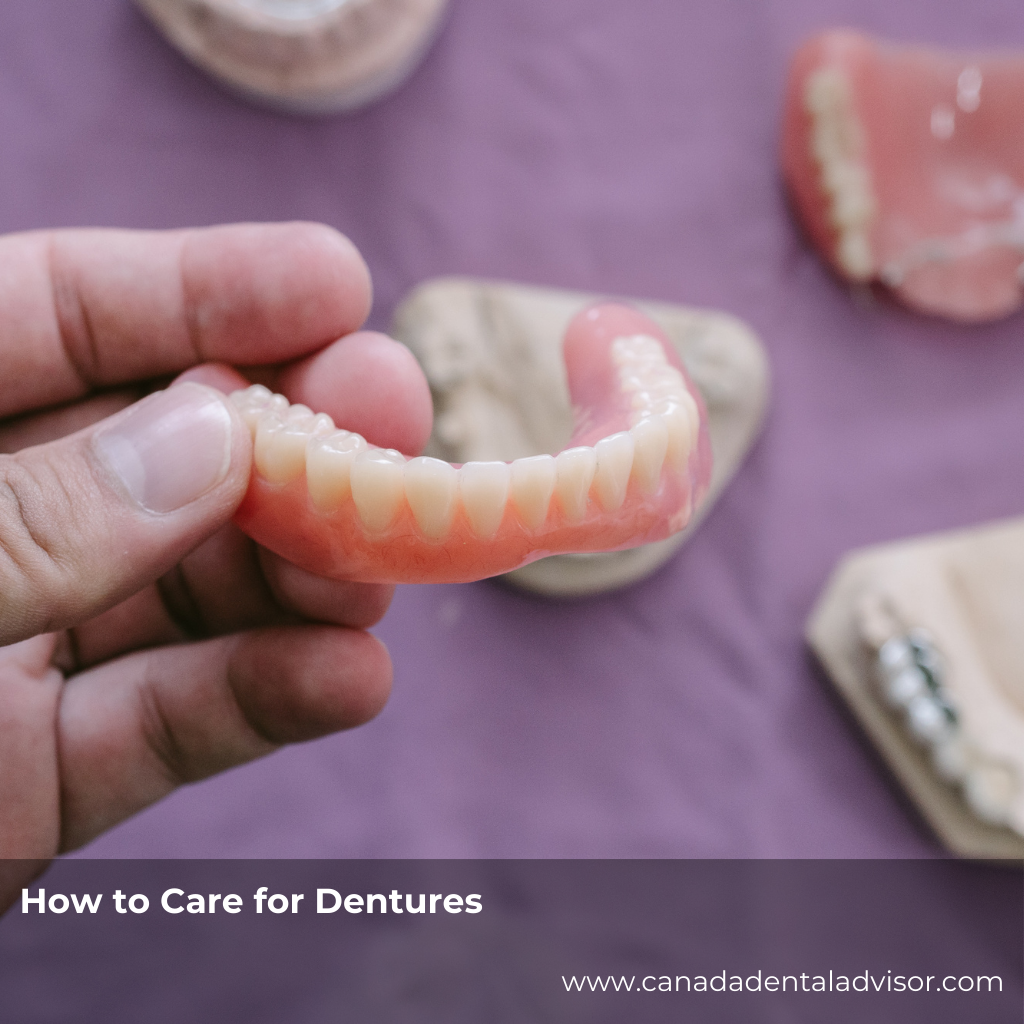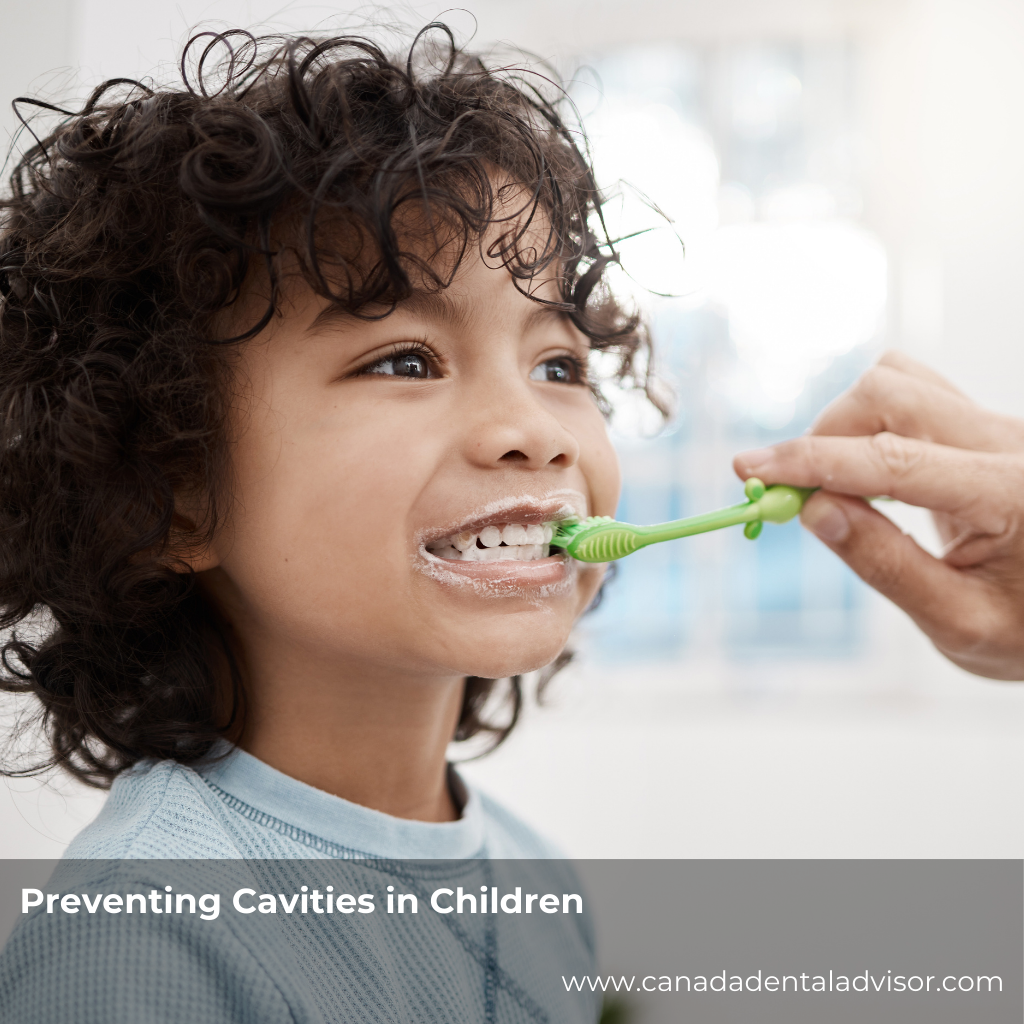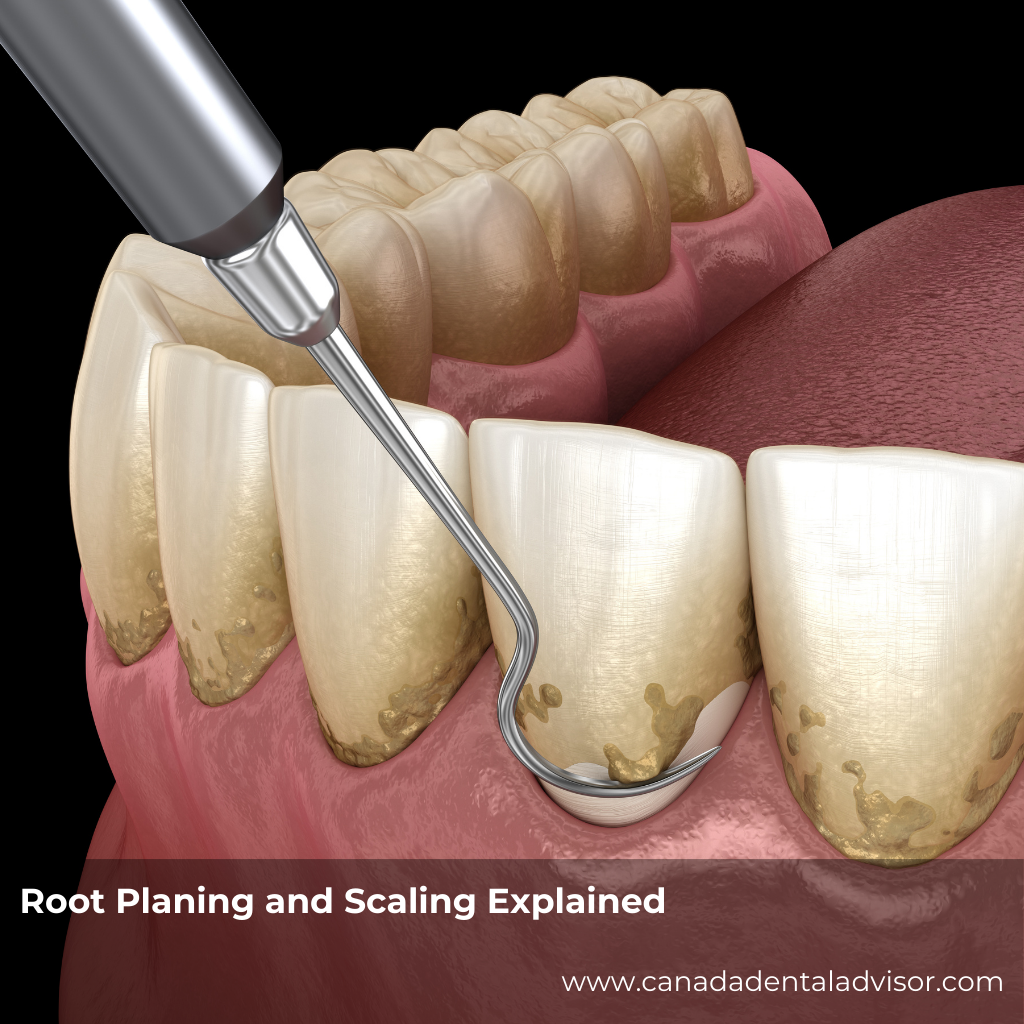New Methods of Tooth Filling: A Quick Overview
Advancements in technology and materials have given dentists more options than ever before. Modern approaches include:
1. Composite Resin Fillings
-
Tooth-colored for natural aesthetics
-
Bonds directly to tooth structure
-
Ideal for small to medium cavities
2. Glass Ionomer Fillings
-
Releases fluoride to help strengthen tooth enamel
-
Often used for children or non-load-bearing areas
3. Ceramic or Porcelain Fillings (Inlays/Onlays)
-
Extremely durable
-
Excellent color matching
-
Suitable for larger areas of decay
4. Bioactive Restorative Materials
-
Interacts with the tooth
-
Encourages remineralization
-
Helps maintain tooth vitality
5. Laser-Assisted Filling Preparation
-
Reduces discomfort
-
Removes decay precisely
-
Minimizes need for anesthesia
Each of these methods has its strengths—but choosing the right one starts with understanding the patient, not the cavity. That’s where individualized care plans come in.
Why Individualized Care Plans Matter
1. Personalized Treatment Improves Outcomes
No two patients have the same enamel strength, cavity risk, bite forces, or sensitivity levels. Individualized care allows the dentist to:
-
Choose the optimal material based on bite pressure, location of decay, and longevity expectations
-
Prioritize aesthetic needs, especially for front teeth
-
Consider past reactions to dental materials
-
Account for oral habits such as teeth grinding or clenching
For example, a patient who grinds their teeth might benefit from ceramic fillings, while someone with frequent cavities may do better with fluoride-releasing glass ionomer restorations.
When materials match the patient’s real needs, fillings last longer, fit better, and function more naturally.
2. Customized Plans Enhance Patient Compliance
A surprising truth: even the best dental work can fail if patients don’t follow care instructions.
Individualized plans improve compliance by:
• Building Understanding
Patients are more likely to follow recommendations when they understand why a specific method is chosen for them.
• Increasing Comfort and Trust
When patients feel seen and heard, they become active partners in their dental journey.
• Offering Practical, Tailored Advice
For example:
-
A busy parent may need quick and simple aftercare steps
-
A teen may need visual reminders or app-based tracking
-
An older adult may require follow-up calls or written instructions
Compliance improves naturally when instructions align with the patient’s lifestyle.
3. Personalized Care Encourages Long-Term Oral Health
New methods of tooth filling work best when paired with long-term strategies. An individualized care plan can include:
-
Cavity risk assessments
-
Fluoride treatments or sealants
-
Customized brushing and flossing techniques
-
Nutrition guidance
-
Habit counseling (e.g., grinding, smoking, snacking)
-
Regular check-up schedules based on risk, not routine
This approach helps patients shift from “fixing problems” to preventing them.
Emma—the patient from the beginning of our story—left the clinic with more than a new filling. She walked away with a tailored prevention plan, a clearer understanding of her oral health, and the confidence that her care truly matched her needs. Months later, not only was her filling in perfect condition, but she had also improved her daily habits and reduced her cavity risk.
That’s the power of individualized care.
Conclusion
Modern dentistry isn’t just about advanced materials—it’s about personalized experiences. With new methods of tooth filling and individualized care plans working hand in hand, patients enjoy:
-
Better treatment outcomes
-
Higher compliance
-
Stronger, longer-lasting oral health
When care becomes tailored, patients feel supported, empowered, and more committed to maintaining a healthy smile for life.
Frequently Asked Questions
1. What is the most durable type of tooth filling?
Ceramic or porcelain fillings (inlays and onlays) are among the most durable, often lasting over 15 years with proper care.
2. Are tooth-colored fillings as strong as metal ones?
Yes. Modern composite resins and ceramics offer excellent strength and natural appearance.
3. How do dentists choose the right filling method?
They consider cavity size, tooth location, bite pressure, aesthetic needs, and the patient’s oral health history.
4. Do personalized care plans cost more?
Not necessarily. In fact, personalized care often prevents future problems, saving patients money long-term.
5. How long do modern fillings last?
Composite fillings last 7–10 years, while ceramics can last 10–20 years with proper care.
6. What are bioactive fillings?
These are advanced materials that help strengthen the tooth by releasing beneficial minerals.
7. Can personalized dental plans reduce the number of cavities I get?
Yes. Tailored strategies directly target your specific risk factors.
8. Is laser-assisted filling treatment painful?
Most patients feel little to no pain during laser preparation.
9. Are new filling methods safe for children?
Absolutely. Many modern materials—especially glass ionomers—are ideal for pediatric care.
10. Will my insurance cover newer filling methods?
Coverage varies, but many plans include tooth-colored fillings and medically necessary restorations.












